06 Jan May 2019
Willis Sinclair Homes
“The Lowcountry’s Premier Custom Home Builder”

Genie, Willis & Debby’s oldest daughter, is holding the latest addition to the Ponds Farm.
24 Gabriel Road
Lodge, South Carolina 29082
843 846 2500

May 2019
Number 63
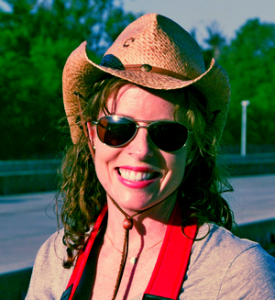 From the desk
From the desk
of Abbey …
With the coming of Spring we are promised the return of high humidity and hot, sun-filled days!
While the sunshine and warmth are something we look forward to they can take a toll on your house! There are some things that can withstand the sun, heat and humidity without showing many evident signs of suffering, but there are other things that should be closely monitored to help maintain the good condition of your home. While my list is by no means complete I hope it touches on some things that you will find helpful!
Often the gaskets or weatherstripping on windows and doors are overlooked. If you see light around any doors or windows that could be confirmation that your gaskets or weatherstripping has failed. The age of the windows or doors will play a role in the condition of the gaskets or weatherstripping for sure. Watch those doors and windows and if the gaskets start getting gummy or discolored that could be a sign that they need replacing.
Now that the trees have stopped dropping leaves for the most part it would be a good idea to have your roofs cleaned off and your gutters and downspouts cleaned out. It is important for debris to never be allowed to gather on a roof or in gutters. It does not matter what type of roof you have, if you have debris built up anywhere, water will eventually find its way in. The debris acts like a dam and water will flow backwards under your roofing and potentially into your house.
It is a good idea to have your sprinkler system inspected and repaired yearly. If you walk the perimeter of your house you may notice the wayward ‘path’ of some of the sprinklers because of spotted windows or stained siding. Those sprinklers should be adjusted so that your house is not watered when the system is running.
It is also a good time to have your chimneys cleaned out. If spider webs accumulate or anything sets up residence in your chimney it is always better to find it and fix it before you start your first fire!
Living in the Lowcountry is unlike anywhere else. The environment is harsher, and things do not hold up or last. Staying on top of caulking and painting yearly is a lot easier than the headache that can come with waiting until there is a big problem. No, it is not fun to have to “paint” every year, but it is a lot nicer than having to repair rot and then paint.
If you have natural stained wood doors, shutters, rails, etc. it is good to inspect them closely to make sure that the finish is still in good shape. If the finish becomes thin or dull it will allow moisture into the wood which will then cause mildew to become embedded. Depending on how deeply embedded the mildew is it can be very expensive or even impossible to restore the door to its original condition.
So these are only a few of the challenges that come with owning a home but I hope this allows you all to be able to spot issues before they become full-fledged problems!
Porches and decks
Here in the South Carolina Lowcountry, a porch or deck can add dimension to your home. As with many things, the devil is in the details. What sort of floor would you want? How about a roof? What about the sides? Do you want them open, screened or glassed? Do you want (or need) railings? Let’s consider those things one at a time.
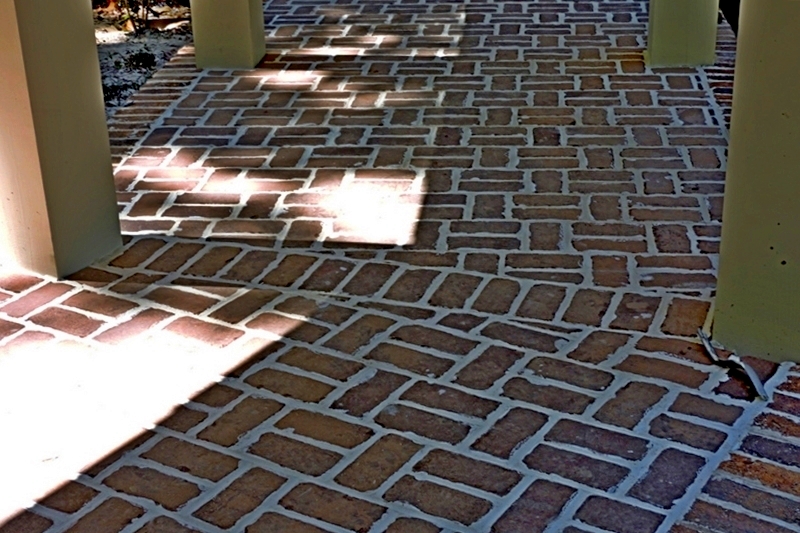
This walk is brick with a brick border. The pattern is a modified basket weave. There are many brick patterns available.
While there are a number of choices for flooring on a porch or deck, probably wood is the most common. Of course, the next question is what species? Pressure treated pine is probably the most cost effective choice, but it also requires maintenance. Ipe or Brazilian Walnut is another choice. This hardwood is much more expensive than pine, but requires much less maintenance. Ipe is naturally insect resistant and weather tolerant. There are some 25 year old boardwalks at Coney Island that were built of Ipe. Considering the traffic and weather, that is amazing durability.
Synthetic decking is also a possibility. It looks (sort of) like wood, but won’t rot or warp. Synthetic (Trex is one brand of synthetic decking) is a bit more expensive than pine, but might be worth considering.
Porches can also be covered with slate or tile which is very durable as is tabby concrete (concrete with shells embedded in it). Often tile and tabby porch decks have brick borders. Occasionally, porches are covered with bricks. Porches with brick, tabby or tile are usually made of concrete and are very long lasting. Clearly, porches of this design are more expensive than wood porches.
Once you decide on the porch or deck material, the next question might be, do you want a roof? While outdoor living here is often pleasant, there are things to consider: no-see-ums, mosquitoes, humidity, rain, dew and pollen to mention a few. If you want your porch furniture dry, you should probably consider a roof. Not only will that keep rain off items, but for the most part, it will protect from dew. Clearly adding a roof adds to the cost.
If you do decide to roof, the next obvious question becomes what do you do about the “walls”? Do you leave them open? Do you screen the porch? Do you glass the walls?
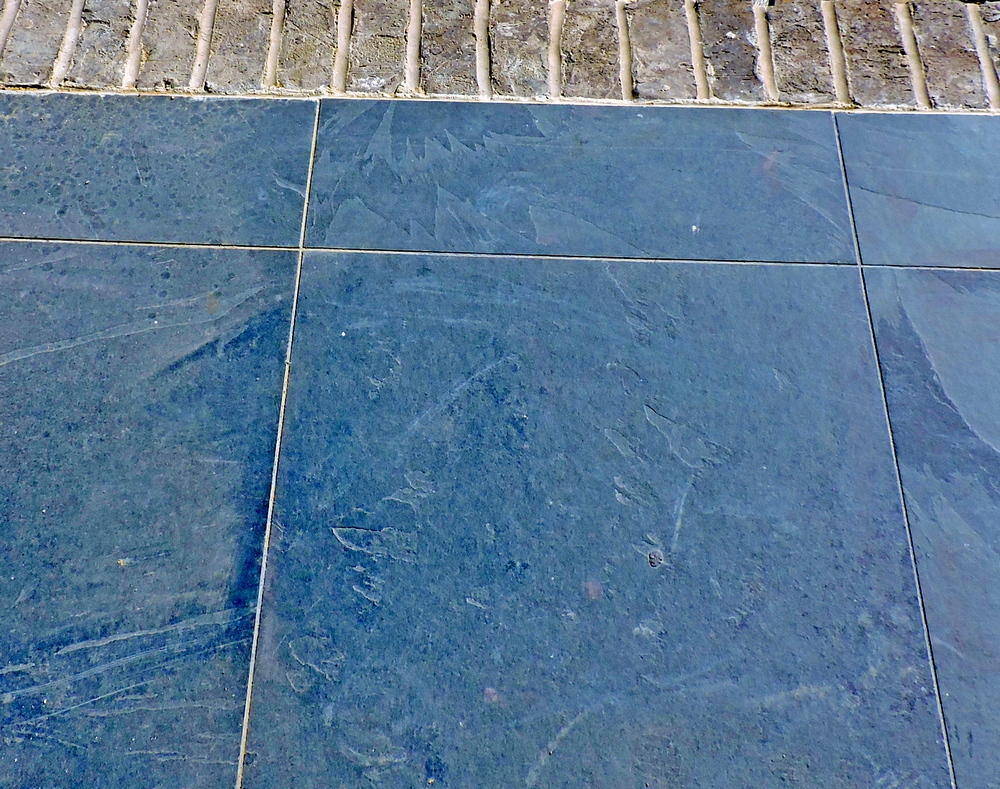
This porch we are building is paved with slate and has a brick border.
Of those choices, using glass walls seems to be the best choice from a “how often can we use the porch” standpoint. Screens give a nice open look with a breeze, but honestly, the temperature and humidity greatly limit the amount of time you may want to spend on a porch.
Screens help keep insects off your porch, but normal screen (14 threads per inch) does not stop no-see-ums (very aggressive, tiny gnats). Fine mesh screen (18 to 20 threads per inch) is available, but the fine mesh also minimizes the breeze and light. Whatever screen you choose, you will still have to live with pollen seasonally. During the season, pollen can be very heavy and will basically prevent you from enjoying your screened porch.
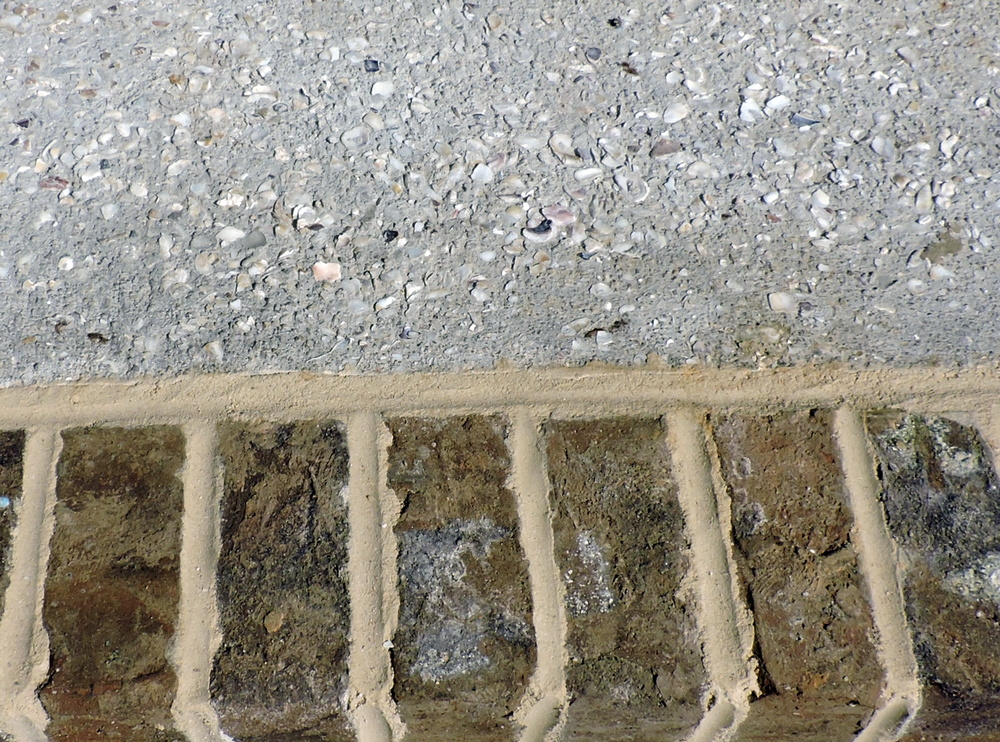
Another porch is tabby concrete (with embedded shells) and a brick border.
Of course, you can omit the screen and have a totally open porch. Some areas have more insects than others and perhaps you live in one of those areas. If you do decide to have no screen, you will need a railing if your porch is over 30” above the ground. This code requirement is why you sometimes see stepped porches. As long as the drop is under 30” no railing is needed.
If you really want to enjoy your porches more than just a few months of the year, you should consider putting glass on the walls. Glass lets in light and gives you a relatively unobstructed view of your yard and the surrounding area.
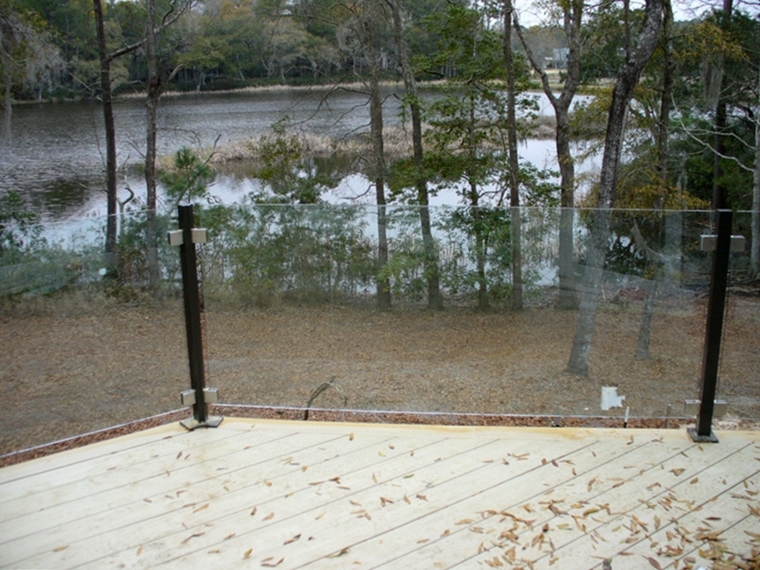
Synthetic material covers this deck overlooking a lake. The “railing” is glass which maximizes the view.
With a glassed porch, you will need to add conditioning – usually a wall unit air conditioner or heat pump. Typically, when we build glassed porches, we use awning windows (hinged at the top of the window) for windows below the “railing.” These can be opened on pleasant days for a fresh breeze, but closed when the pollen count, humidity or temperature prompts it.
Infrared heaters can also be installed on porches. They are a bit more expensive to operate, but since they are not on for long periods, that might not be a factor for you.
Do you want to discuss your options? Call us. We will be glad to help. No cost or obligation, of course.
Willis Sinclair Homes
The Lowcountry’s Professional Builder!

Call Us
Willis: 843 599 9056
Abbey: 843 599 2302
Bill: 843 846 2500





No Comments